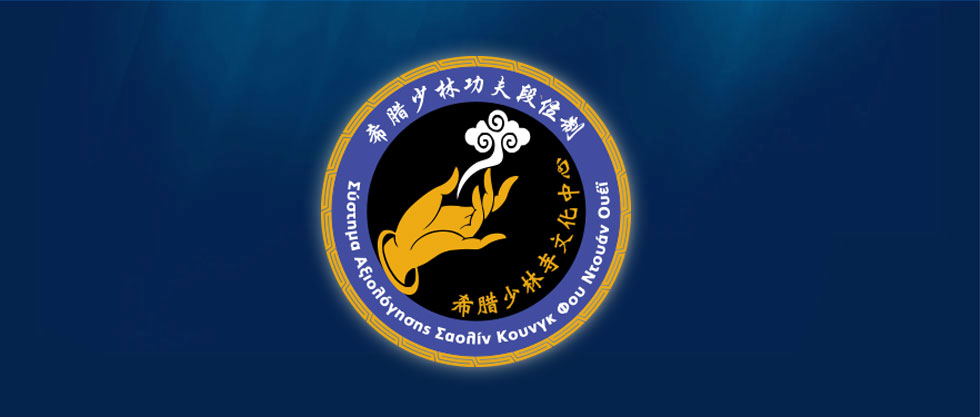The Crucial Role of Evaluation Sessions in Shaolin Kung Fu
In the sacred halls of the Shaolin Temple, where the echoes of ancient martial arts resonate, the practice of Evaluation Sessions has been an integral and longstanding tradition. Rooted in the essence of Shaolin Culture and Arts, these sessions play a pivotal role in the educational process, aiming to assess and enhance the practitioners' skills, performance, and effectiveness.
Understanding Evaluation:
Evaluation, in the context of Shaolin Kung Fu, goes beyond a mere assessment of physical prowess. It delves into the holistic development of individuals, scrutinizing both positive and negative aspects. The goal is to measure one's achievements against defined educational objectives, providing a comprehensive view of their progress in comparison to others.
Historical Tradition:
The concept of Evaluation in Shaolin Kung Fu is not a modern imposition but rather a historical tradition deeply embedded in the fabric of the Shaolin Temple. Over centuries, the monks and practitioners have embraced the practice of evaluating each other's skills, seeking continuous improvement and refinement in their martial arts journey.
Educational Objectives:
Evaluation sessions serve as a means to ascertain the achievement of defined educational objectives. In Shaolin Kung Fu, the focus extends beyond the physical aspects to encompass spiritual and mental growth. Practitioners are evaluated on their discipline, focus, perseverance, and adherence to the philosophical principles of Shaolin teachings.
Balancing Positive and Negative Aspects:
The evaluation process in Shaolin Kung Fu is designed to be a balanced and fair reflection of a practitioner's capabilities. It acknowledges strengths while addressing areas that require improvement. This dual approach ensures that individuals receive constructive feedback, fostering a culture of continuous self-improvement and collective advancement.
Comparison for Growth:
Comparison is not a means of fostering competition or ego-driven pursuits in Shaolin Kung Fu. Instead, it serves as a tool for growth. By benchmarking oneself against others, practitioners gain insights into different approaches, techniques, and philosophies, broadening their perspective and facilitating a deeper understanding of the diverse facets of martial arts.
Performance and Effectiveness:
Evaluation sessions are fundamentally aimed at assessing performance and effectiveness. Beyond the physical techniques, practitioners are evaluated on their ability to apply the principles of Shaolin Kung Fu in real-life situations. The emphasis on effectiveness ensures that the art remains practical and applicable, aligning with the dynamic nature of martial arts evolution.
Conclusion:
In the realm of Shaolin Kung Fu, Evaluation Sessions stand as a testament to the commitment to excellence and continuous improvement. Rooted in history and tradition, these sessions serve as a compass guiding practitioners on their journey towards mastering the art—balancing positive and negative aspects, fostering growth through comparison.
